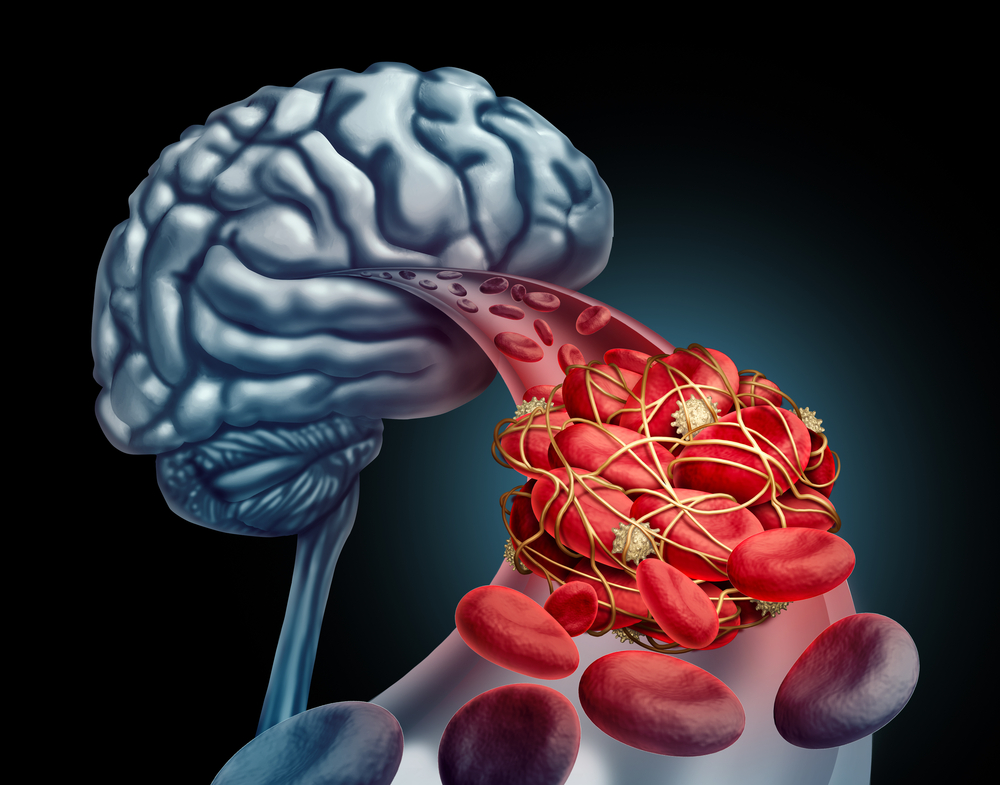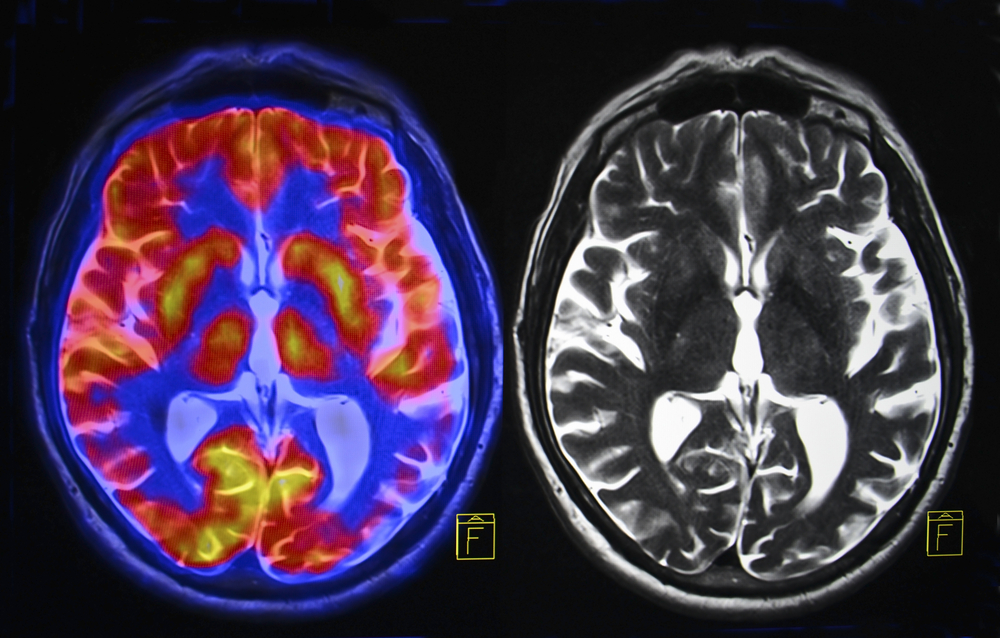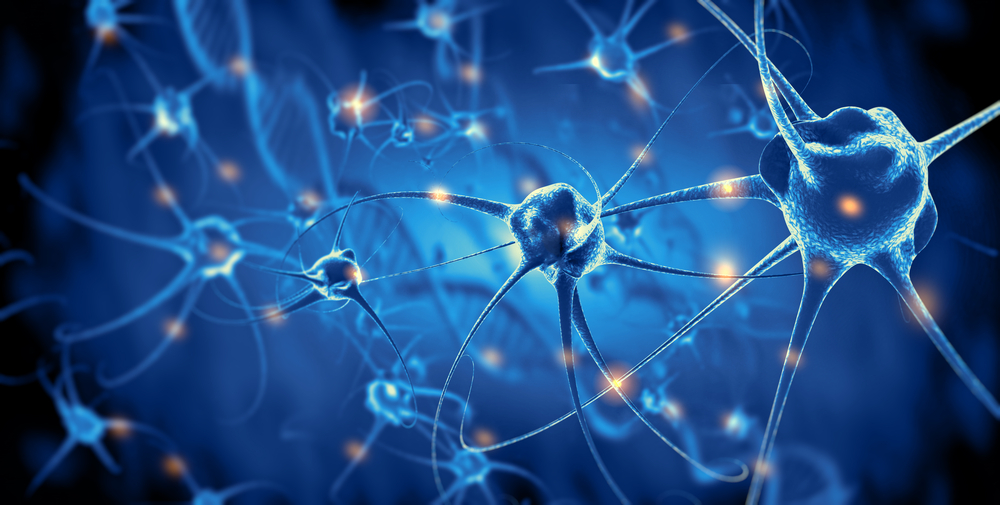New Drug That Protects the Blood-Brain Barrier Shows Promise Against Alzheimer’s Disease
Last updated on
It begins as a quiet breach so small you’d never notice. Imagine the brain as a city behind high, guarded walls, with sentries carefully screening every visitor. For most of our lives, those gates stand firm, keeping harmful invaders out while letting life-sustaining nutrients in. But in Alzheimer’s disease, those defenses weaken. Tiny gaps form. Toxins slip through. The city’s defenses, once impenetrable, start to crumble from the inside. More than 7 million Americans are already living with Alzheimer’s, a number projected to nearly double in the next 25 years. Behind those statistics are families watching memories fade, personalities shift, and independence slip away. For decades, science has focused almost entirely on one suspect: the sticky amyloid plaques that clog the brain. Yet even as drugs emerge to chip away at those deposits, their benefits are often modest, their risks significant. Now, a different suspect is in the spotlight: the brain’s own protective barrier. New research suggests that safeguarding this barrier could be as important as clearing the plaques themselves. And one experimental approach targeting an enzyme called 15-PGDH has shown the remarkable ability, at least in animal models, to keep that barrier intact, reduce brain inflammation, and preserve memory. If these findings hold true in people, they could signal a major shift in how we fight not only Alzheimer’s, but also other brain injuries that set the stage for dementia. From here, the story moves from the lab bench to the very frontlines of brain defense where the battle for memory might be won not by attacking what’s already inside, but by keeping the gates strong in the first place.The Brain’s Unsung Guardian
Tucked deep inside the body’s most intricate organ is a security system so vital that, without it, our thoughts, memories, and personality would be constantly under siege. This is the blood–brain barrier (BBB), a tightly woven network of cells lining the brain’s blood vessels, acting as both gatekeeper and guardian. Every moment, it decides which nutrients, hormones, and signaling molecules may pass, while blocking toxins, pathogens, and potentially harmful immune cells from slipping in. When the BBB is healthy, it operates with the precision of a seasoned customs officer: scanning, approving, or denying entry in fractions of a second. But in Alzheimer’s disease, research shows that these “guards” start to falter early, sometimes even before the first lapses in memory appear. Microscopic breaches allow unwelcome guests into brain tissue: inflammatory molecules, misdirected immune cells, and other blood-borne elements that trigger a chain reaction of swelling, oxidative damage, and neuron death. Over time, these invisible assaults can erode the brain’s circuitry as surely as rust eats away at metal.
A New Target in the Fight Against Alzheimer’s

Blocking 15-PGDH in Mice
To see just how much difference 15-PGDH makes, researchers turned to one of the most widely used Alzheimer’s animal models: the 5xFAD mouse, which rapidly develops the amyloid buildup and cognitive decline seen in human disease. Starting at two months of age before symptoms typically appear, some of these mice received the 15-PGDH inhibitor (+)-SW033291 twice daily. Others received a placebo. By the time the mice reached six months, a point when untreated animals usually show clear memory problems, the contrast was striking. In memory maze tests, the treated Alzheimer’s mice performed on par with healthy controls, finding hidden platforms quickly and remembering their locations. Untreated Alzheimer’s mice, by comparison, struggled. Importantly, these benefits weren’t the result of better motor skills or more energy; swim speed and learning rates were the same across groups. The difference lay in preserved brain function. Genetic experiments confirmed the finding. Mice engineered to produce only half as much 15-PGDH a state called haploinsufficiency were similarly protected from cognitive decline. This protection came without any change in amyloid plaque levels, a detail that challenges the long-held belief that reducing plaque is the only way to slow Alzheimer’s.Boosting enzyme in brain immune cells could help treat Alzheimer's disease
— Dr Singularity (@Dr_Singularity) August 6, 2025
Cedars-Sinai researchers found that boosting the enzyme ACE in brain immune cells (microglia) protected mice against Alzheimer’s disease.
Using gene editing, they enhanced ACE in microglia, restoring… pic.twitter.com/vYzcZxyYSC

How This Fits Into the Larger Alzheimer’s Research Landscape

What This Could Mean for Patients and Caregivers

Holding the Line Against Alzheimer’s
Alzheimer’s disease has often been framed as a battle fought inside the brain against plaques, tangles, and the slow erosion of memory. But the story of 15-PGDH and the blood–brain barrier reframes that fight. Instead of only attacking what’s already breached the brain’s defenses, it suggests we might win more ground by fortifying the gates themselves. The research into 15-PGDH inhibition is still in its earliest stages, and what works in mice will need to be proven safe and effective in people. Yet the results so far point to a strategy that could slow cognitive decline, protect against the effects of brain injury, and perhaps even delay the onset of Alzheimer’s in those most at risk. In a field where time is the most precious resource for patients, caregivers, and society preserving brain function for even a few more years could mean the difference between living with independence and relying on full-time care. For now, the findings offer hope that Alzheimer’s treatment can move beyond a single theory or target. By combining BBB protection with other approaches from amyloid-clearing antibodies to anti-inflammatory therapies, future care could become more personalized, effective, and proactive. The next steps will depend on rigorous clinical trials, continued funding, and the willingness of patients and families to participate in research. The blood–brain barrier has always been there, working quietly in the background. Now, it may be stepping forward as one of our strongest allies in protecting the mind and the memories that define us.Some of the links I post on this site are affiliate links. If you go through them to make a purchase, I will earn a small commission (at no additional cost to you). However, note that I’m recommending these products because of their quality and that I have good experience using them, not because of the commission to be made.
































 JOIN OVER
JOIN OVER
Comments